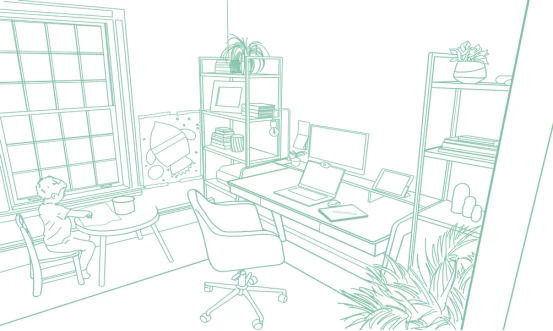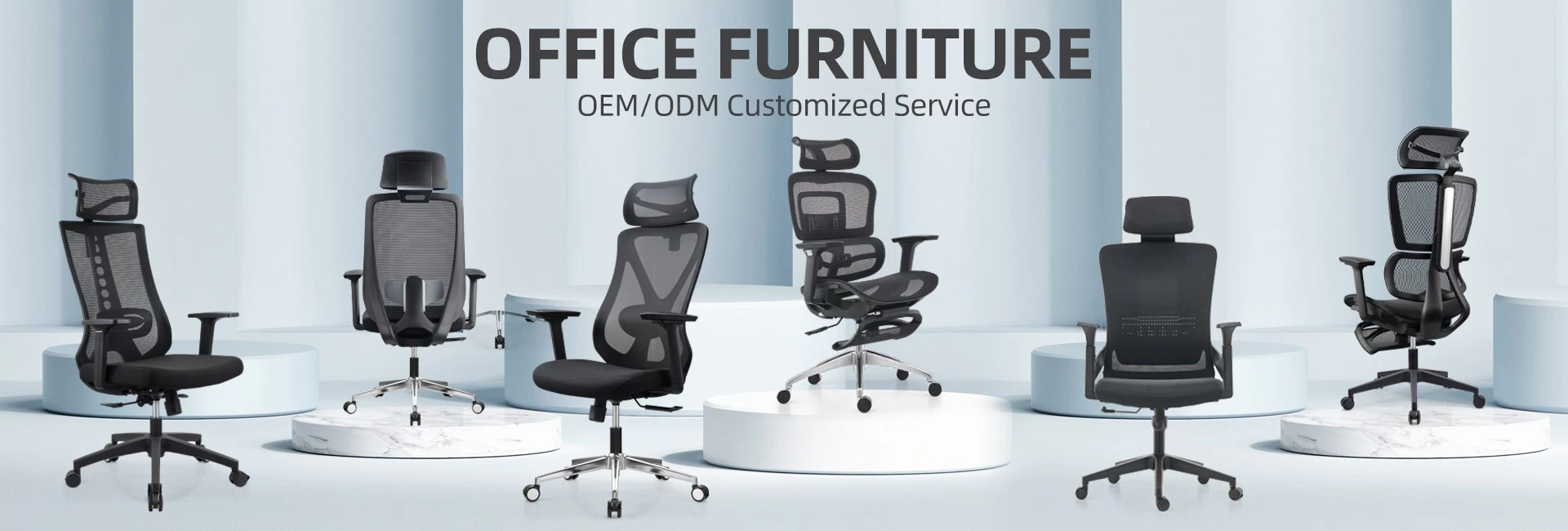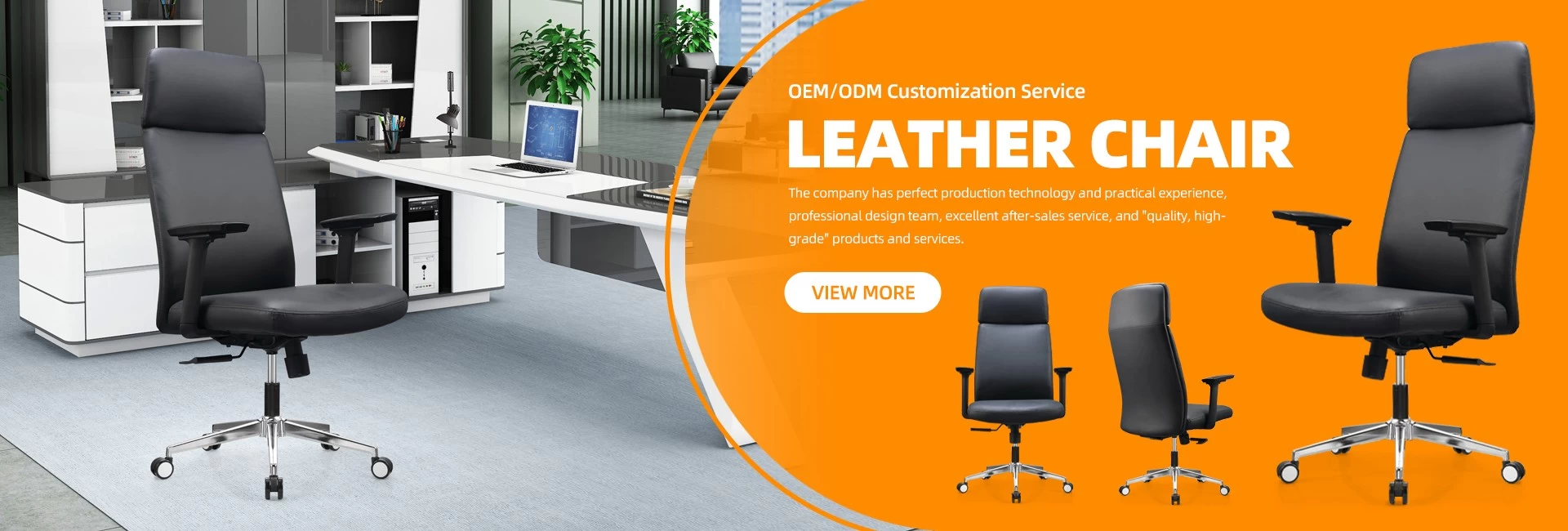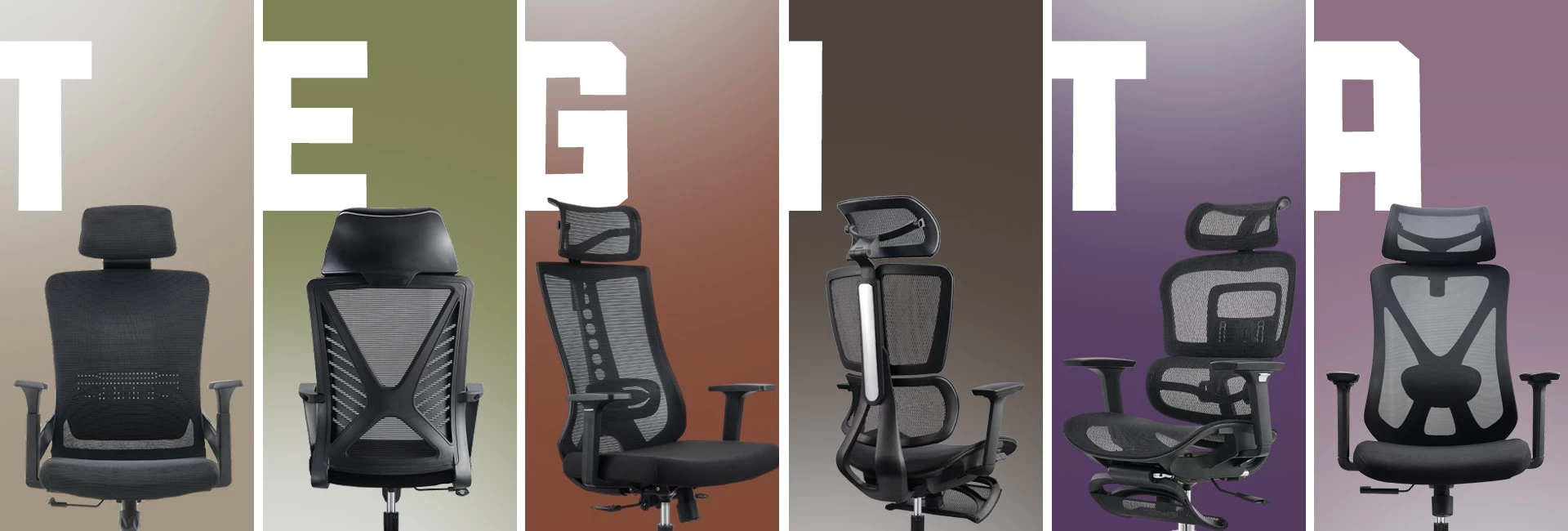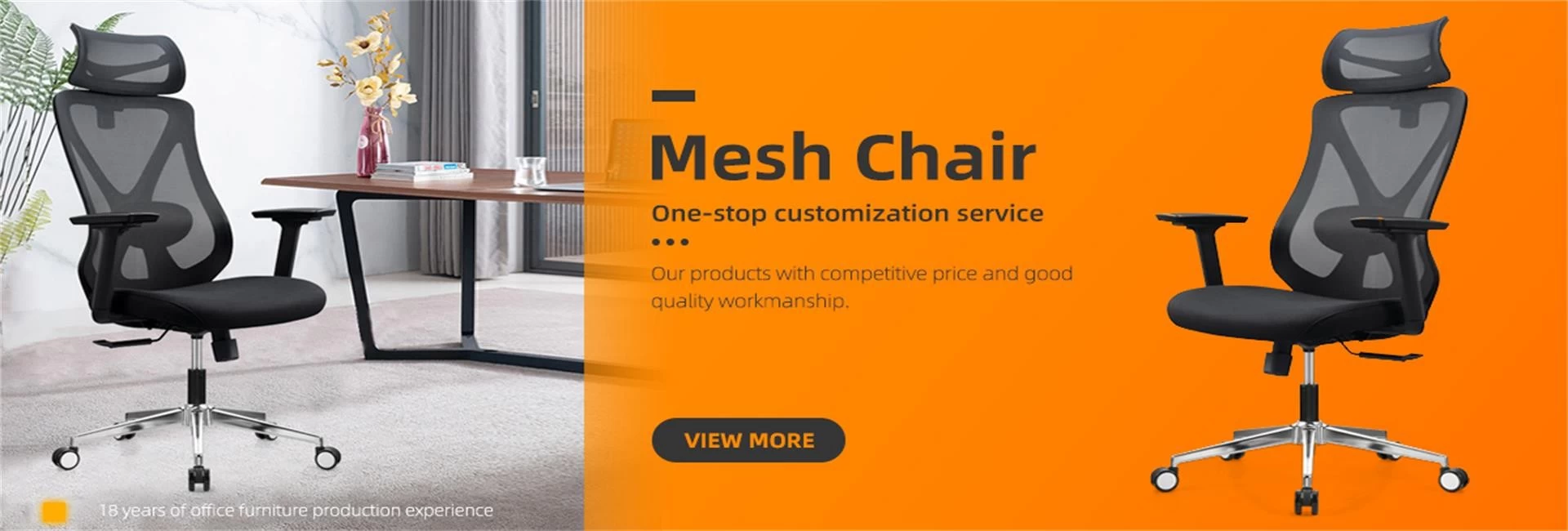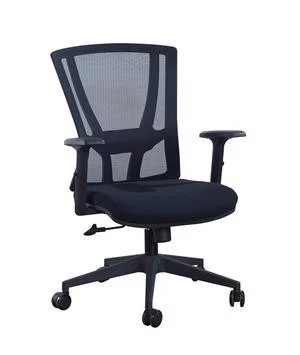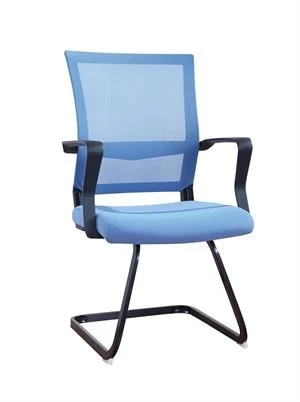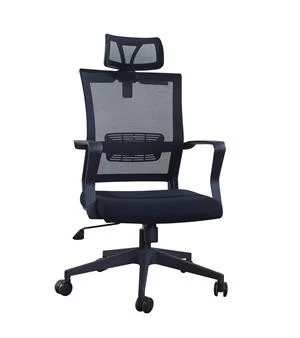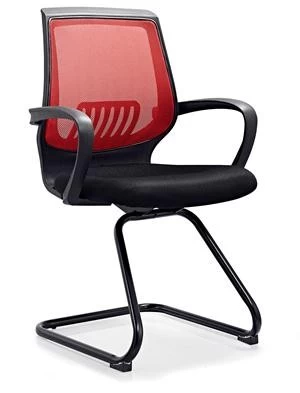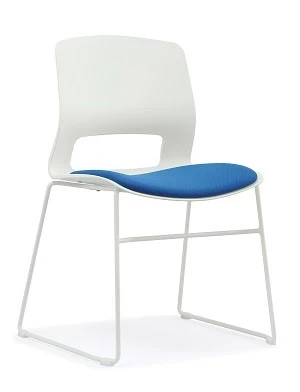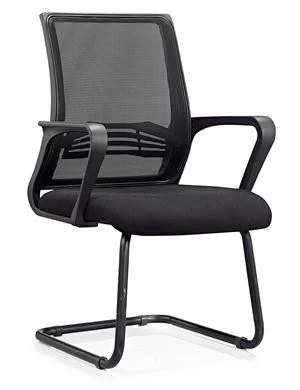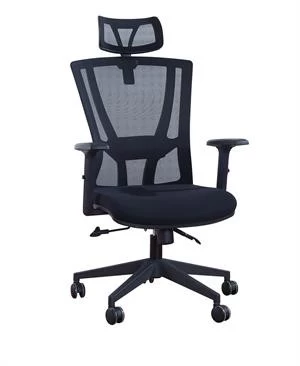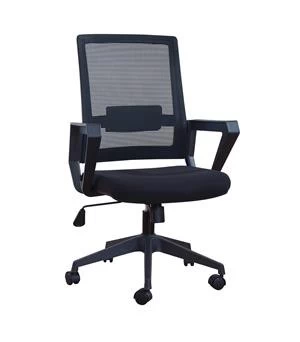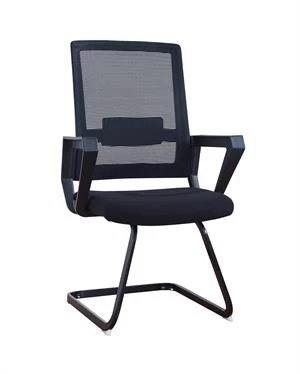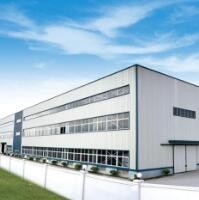How Will Office Furniture Adapt to Move Forward?
Since the start of the COVID-19 pandemic, Furniture Advisory team has communicated frequently with many furniture manufacturers to gauge what they were seeing in the market, how they were pivoting and what their own clients were requesting of them. After 12 weeks of discussions, our team wondered what long-term changes will and should be made to the office furniture of the future?
With that question driving us, we widened our net and spoke with 31 internal and external partners that span the life cycle of a project. We started with our own real estate professionals and design teams across the globe and then circled back with our furniture manufacturers to develop a research-driven point-of-view. Our objective was to filter out the short-term solutions and requirements and set our sights on the long term, a generation of furniture to come next. For the purposes of our research, we defined the “next generation of furniture” as new office furniture product options which meet the criteria needed post-pandemic.
While there were many common themes throughout our interviews, we found four mentioned most frequently: collaboration, flexibility, floor plan changes and work-from-home (WFH). Details on the implications to the future furniture needs from each of the four themes are explored in this report.
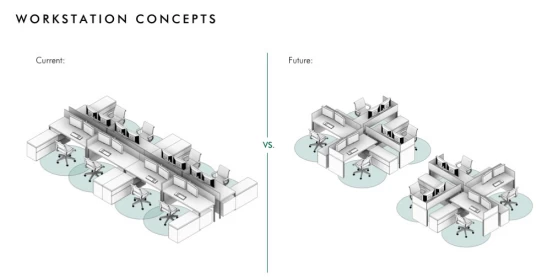
People have found ways to successfully collaborate virtually, so the office will need to have spaces to support collaboration in ways that working from home cannot. As stated by a spokesperson for The Senator Group, “The importance of collaborative spaces to a company’s culture and its ability to innovate, support meaningful connections, and communication are the main drivers to return to the office.” The majority of respondents expressed a need for collaborative furniture that supports changing work styles and more open meeting spaces.
If more meetings occur out in the open, the next generation of these products will have to include better acoustic capabilities along with technology integration to ensure ease of connectivity to remote workers. This may result in flexible, movable and adaptable division of space that can easily divide and designate areas.
Enclosed collaborative spaces will likely change as well, with greater flexibility.
To address this, proposed product considerations may include:
wider variety of table shapes, sizes, heights and capabilities which can support distancing as needed offer a variety of seating and working options lighter scale materials for ease of reconfiguring assigned mobile supply caddies for individuals to bring to meetings to reduce sharing.
The future success of furniture in addressing open collaboration will hinge on how quickly manufacturers and designers will embrace the importance of these spaces and rapidly develop innovative product solutions to support organizations’ and employees’ changing needs.
The furniture products specified over the past 15+ years have primarily been designed with minimal separation, privacy and flexibility for high-density office environments. Through the recent exploration of retrofitting and reconfiguring to support the need for lower density and social distancing, we are now realizing the lack of flexibility in so many of our existing office furniture options.
Knowing that larger workstations and taller panels could address the need to distance and delineate personal space in the short term, we asked our interviewees if they anticipated a return of these products. While a small number of real estate professionals said “yes” to both of these concepts, there were no furniture manufacturers or interior designers who agreed that both larger workstations and panels would make a comeback..
Instead, the majority of respondents expressed a preference for furniture that supports more than just one purpose – addressing different work styles and meeting demand for more resiliency, longevity and usability. Additionally, Lauren Prickett and Lydia O’Neil with CBRE Design in Atlanta said, “Any furniture products we bring into the office for COVID should be designed to be adapted post-vaccine.” In many work settings, varying surface and seating heights can support distance between users without increasing square footage requirements. For furniture to achieve maximum flexibility in the future, it will need to integrate wireless or mobile power and data. One CBRE designer in Madrid shared that a German furniture manufacturer has developed a battery-powered, height-adjustable table on casters that is completely mobile, autonomous and stays charged for 24 hours. With more furniture solutions accommodating greater agility in where and how work can be done within the office, similar to the example from Germany, it’s clear that the “workstation” of the future will have a resulting impact on the design of office space. Our conversations with these industry experts suggest that spaces will need to change, and furniture will need to provide more optionality for ease of mobility and increased flexibility.
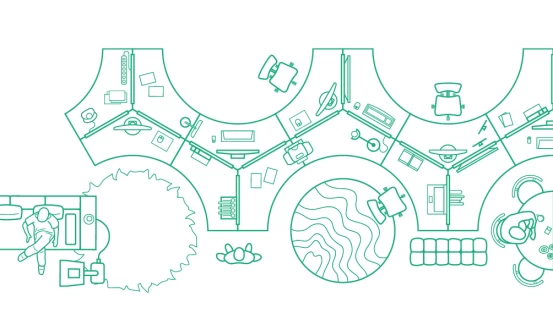
New planning geometries, neighborhood-based workspaces and assigned versus unassigned seats were significant topics of conversation. “Instead of saying ‘your space is going to have less utilization’ – it’s really an opportunity to have some cool, new layouts. It doesn’t have to be a rectangular table anymore.”
Most of our interviewees are anticipating change in the geometry of the open office to create fewer linear aisles and reduce foot traffic within clusters of workstations. This can be achieved by rotating 90-degree workstations, adding 120-degree or honeycomb-shaped workstations or creating a pinwheel with worksurfaces installed in different directions, distancing users without necessarily adding to the footprint.
Most respondents expressed value in more neighborhood-based planning (assigned areas for specific departments and/or teams) with collaborative spaces embedded within for teams with specific collaborative needs. An additional benefit of an increase in neighborhood planning would be the reduction in the number of people circulating within the space, as it would be limited to a consistent department or team.
We heard a variety of opinions on the pros and cons for assigned and unassigned seating. Some of the professionals we spoke with said unassigned spaces, or free-address, have the advantage of being easy to maintain, with clean desk policies, which allows for faster, more thorough cleaning. Some felt that if remote working increased for most organizations and fewer people are going into the office that assigned seating may provide those going in with more personal space.
Additionally, several respondents felt that we'll see an increase in the number of private spaces (whether unassigned or assigned), but with a layout more comparable to a workstation. One idea that could take hold for private office users who host frequent in-person meetings, could be a small adjacent “vestibule” or huddle space in order to reduce the number of people coming into individual office spaces.
he drivers to work within an office space have been and always will be about people – culture, connectivity and community – and one thing the COVID-19 pandemic has shown us is that technology alone cannot replace being physically in the same place as your team, colleagues, leaders and clients.
Work-from-home (WFH) was a common topic for organizations, and COVID-19 has accelerated those conversations. shed light on what was working for their team’s home offices in an article earlier this year. Results from completed in June 2020 indicate that more flexible work is expected, with 70% of respondents indicating that some portion of their workforce will be allowed to work remotely full-time and 61% of respondents indicating that all employees would be allowed to work outside the office at least part-time.
If commercial manufacturers intend to expand or enter into the WFH furniture space, do the current product offerings need to be redesigned to offer aesthetics, sizes, scale, lead times and ease of installation expected by the residential consumer in order to meet the need? Designers and manufacturers alike are anxious to understand if this new business model will stick in the market.
WFH furniture and in-office furniture face many of the same requirements to best support the varying work processes and needs – being adjustable, flexible, and agile while remaining connected to technology. But the speed, simplicity, materials and scale for home office products are quite different. With the consumer need for ease of ordering, speed of delivery and product flexibility, we could see a new model emerge with a positive impact on the commercial market that has been longing for more agility. The question remains whether commercial manufacturers will be able to modify their current process and offerings to meet this new market demand.
